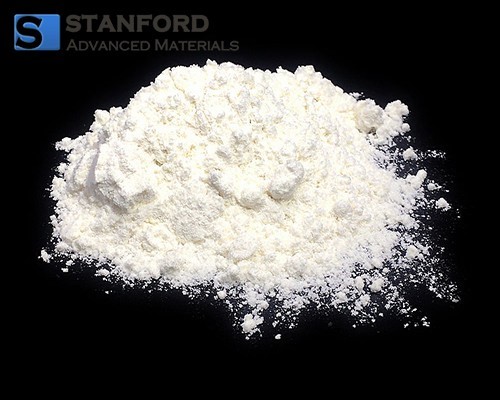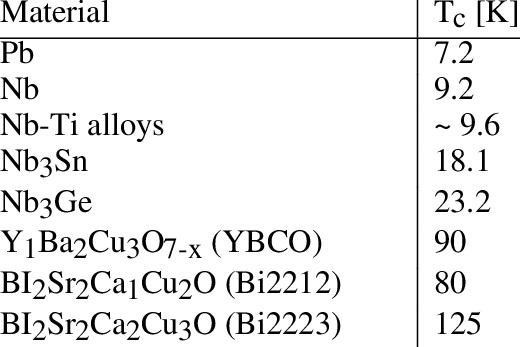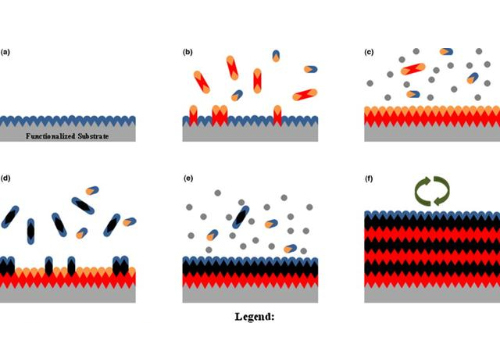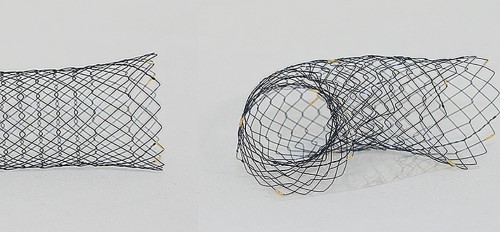Case Study: Enhancing Textiles and Fabrics with Zirconium (IV) Sulfate Tetrahydrate Powder
Introduction
Textiles and fabrics play pivotal roles in our daily lives, encompassing a vast array of materials and serving diverse purposes. Concurrently, Zirconium (IV) Sulfate Tetrahydrate Powder stands as a chemical compound renowned for its utility across multiple industries. Its remarkable reactivity renders it invaluable within the realm of textiles and fabrics. This article aims to delve into the characteristics and uses of this powder, offering readers a comprehensive understanding of its significance in these fields.
 [1]
[1]
Figure 1. Textiles and Fabrics
Understanding Zirconium (IV) Sulfate Tetrahydrate Powder
Zirconium (IV) Sulfate Tetrahydrate Powder, commonly known as zirconium sulfate or Zr(SO₄)₂·4H₂O, finds its primary usage in various industrial applications. Although it may not directly apply to textiles and fabrics like some other chemicals, it assumes a role in textile manufacturing indirectly through processes closely associated with the textile industry.

Figure 2. Zirconium (IV) Sulfate Tetrahydrate Powder
Applications of Zirconium (IV) Sulfate Tetrahydrate Powder in Textile and Fabric Treatment
Zirconium Sulfate Tetrahydrate Powder proves instrumental in textile and fabric industries, primarily functioning as a crosslinking agent and a mordant. Here are some key applications:
Dyeing and Coloring: Zirconium Sulfate serves as an essential mordant in textile dyeing processes. Mordants are chemicals that assist in fixing dyes to fabrics, thereby enhancing colorfastness. Zirconium Sulfate can improve the binding of specific dyes to textiles, resulting in more vibrant and longer-lasting colors.
Fire Resistance Treatment: Zirconium compounds occasionally feature in fire-resistant treatments for textiles. These treatments can improve the fire resistance of fabrics, making them suitable for applications where fire safety is paramount, such as protective clothing or upholstery for public spaces.
Fabric Finishing: It also finds application in fabric finishing processes, where it contributes to enhancing the fabric stiffness, smoothness, or other desirable properties. These finished fabrics can beutilized in products like formalwear or specialty textiles.
Antimicrobial Treatment: Zirconium-based compounds can be part of antimicrobial treatments for textiles, inhibiting the growth of bacteria and fungi on fabrics. This proves beneficial in applications like sportswear, healthcare textiles, or outdoor gear.
It's essential to note that the use of Zirconium Sulfate or related compounds in textiles necessitates careful consideration of the specific textile application and the chemical's compatibility with the intended use. Moreover, adhering to safety and environmental regulations is imperative when handling and disposing of chemicals like Zirconium Sulfate.
Conclusion
In summary, while Zirconium Sulfate Tetrahydrate Powder may not directly form part of textiles and fabrics, it acts as an auxiliary substance in processes related to textile manufacturing and enhancement. In doing so, it contributes to the quality and functionality of textile products in various indispensable ways.
Stanford Advanced Materials (SAM) provides customers with various grades of Zirconium Sulfate Hydrate Powder. For further details, please visit our homepage.
Reference:
[1] Encyclopædia Britannica (2023). Textiles in a market [Photograph]. https://www.britannica.com/summary/textile#/media/1/589392/107059



